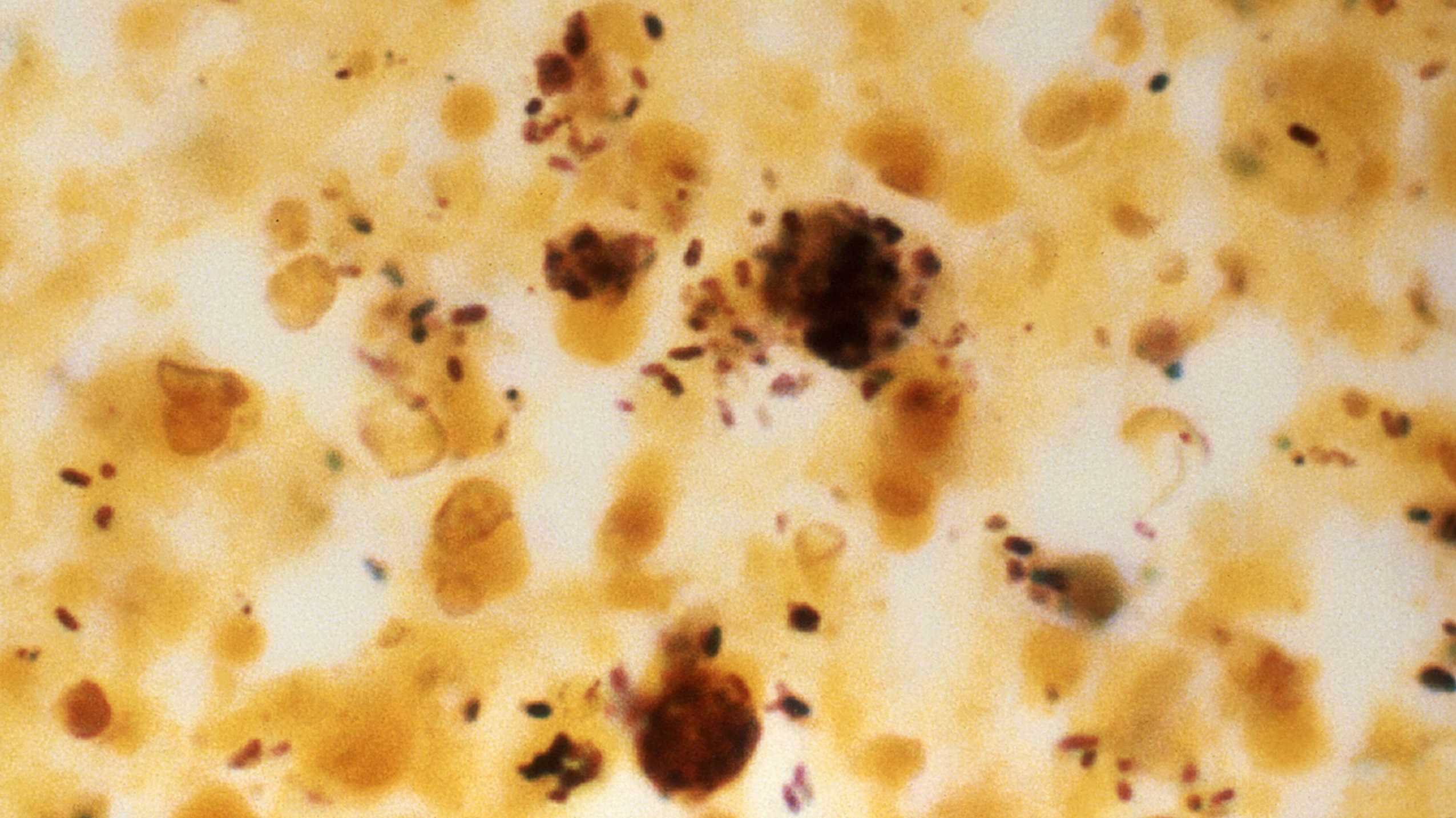
Landlords and duty holders of commercial and residential properties will be aware that they have a responsibility under Health and Safety Executive (HSE) guidance to manage risk from legionella. Good practice during business as usual is outlined in HSE and RICS guidance notes.
Ideally a risk assessment will have been undertaken, and where risk is identified, a water monitoring regime will be in place, normally implemented by a water hygiene management company, to regularly confirm water quality.
The monitoring regime should follow the requirements of ACoP L8: Legionnaires’ disease: The control of legionella bacteria in water systems, fourth edition, 2013.
It is clear that in the current situation, risks and control measures highlighted previously will need to be re-visited. COVID-19 has resulted in extreme fluctuations in building occupancy. This has an associated risk of stagnation in water systems and dramatically increases the potential for outbreaks of Legionnaires’ disease if actions taken now are not carefully considered.
"It is clear that risks and control measures highlighted previously will need to be re-visited"
- the expectation for evaporative cooling systems is that they will be maintained as usual or switched off safely – there is no leeway in this
- the expectation for water systems supplying critical services, for example hospitals, is that they will be maintained as usual – there is no leeway in this
- hot and cold water systems in buildings that are empty or with under occupancy must address the issue of stagnation:
- a. if the building is still partially in use take additional measures to keep the remaining occupants safe
- b. buildings that are temporarily shut down – mothballed – should follow the guidance in HSG274 Part 2 paragraphs 2.50-2.52"
Recommissioning buildings
If a building is closed down, careful consideration should be given to recommissioning of water systems. When buildings have been empty for some time and during warm weather, it is likely that bacteria levels and biofilm will increase, complicating the disinfection process. There will also be increased demand for competent contractors to undertake this work.
I would advise those in property to engage with a competent professional and make their clients aware of the cost, duration and safety implications of recommissioning, which can be a lengthy process involving cleaning and disinfection of water systems.
While it’s unclear when normality will resume, it would be sensible to consider the future for maintaining safe water systems, and how new technology can help us cope.
If social distancing measures and working from home become standard, at least for the foreseeable future, landlords can expect occupancy to continue to fluctuate. There may be restrictions or reluctance on the part of clients to allow engineer site visits to proceed as usual. We will certainly see a resource stretch on the limited pool of competent water hygiene consultants/contractors in the near future, as water hygiene issues arise from a vast number of building close-downs.
"There may be restrictions or reluctance on the part of clients to allow engineer site visits to proceed as usual"
Role of technology
Technology can help us bridge this gap. To understand how it can do so, we should note that legionella bacteria proliferates in stagnant water between 20C and 45C. Consequently, keeping the hot water hot, the cold water cold and preventing stagnation by flushing little-used outlets is the commonest form of legionella control.
- Is it time to report a reading?
- Has the reading changed significantly from the previous reading?
- Is the temperature outside parameters?
- it uses very little power, which means batteries are quoted to last over ten years before they require changing
- enhanced communication range means less equipment is needed, making the system very cost-effective
- it picks up flow events based on temperature change, this means that when areas have no usage it is detected, and flushing can be intelligently directed with most effective use of costly resources.
On larger property portfolios and water systems, reductions in carbon emission, water use and energy quickly mount up, particularly where the site is being visited by a contractor to collect temperature data.
The incorporation of remote sensing technologies is becoming more widespread as a result of the price drop in technology. As this type of innovation continues to develop it will help us meet the challenges of water hygiene in the post-COVID-19 era.
Joe Finn is director of Remote Tech Ltd joe@remote-tech.co.uk
Related competencies include: Facilities management, Health and safety
